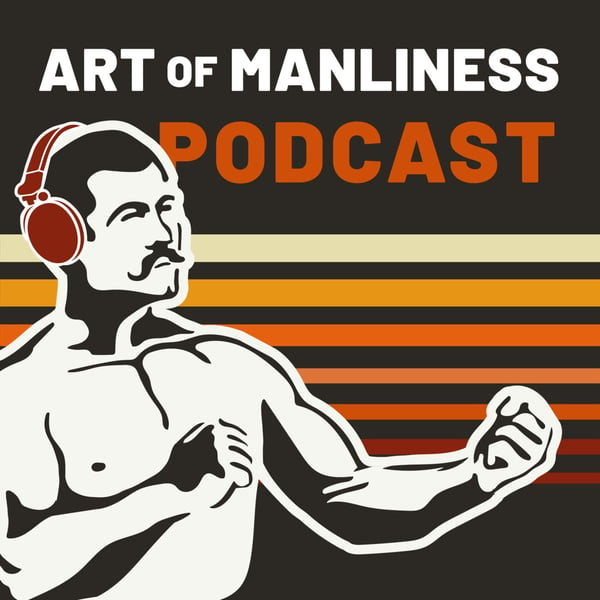#613: How Soldiers Die in Battle
The Art of Manliness
The Art of Manliness
4.7 • 14.5K Ratings
🗓️ 25 May 2020
⏱️ 54 minutes
🧾️ Download transcript
Summary
Transcript
Click on a timestamp to play from that location
| 0:00.0 | The |
| 0:01.0 | Bret McKay here and welcome to another edition of the Art of Manliness Podcast. |
| 0:11.3 | War is about many things, glory, violence, courage, destruction, but at its hardest death. |
| 0:16.8 | Each side in a conflict tries to kill as many of them in the enemy as possible while |
| 0:20.4 | avoiding being killed themselves. |
| 0:22.1 | The way these deaths have played out over thousands of years of warfare have changed not |
| 0:25.3 | simply based on the way martial technology has changed, but also on the way that the psychological |
| 0:29.8 | and cultural pressures that have led societies and individual men to fight have changed. |
| 0:33.8 | My guest today, Michael Stevenson, is a military historian who explores these evolutions in |
| 0:37.6 | his book, The Last Full Measure, How Soldiers Die in Battle. |
| 0:40.9 | Today, Michael and I discuss the forces that led soldiers to their fate over the centuries |
| 0:44.3 | from advancements and weaponry to the expectations of social class. |
| 0:47.4 | At the beginning of our conversation, Michael discusses why he wanted to write this book, |
| 0:50.8 | and the balance he had to walk in trying to describe the reality of death on the battlefield |
| 0:54.5 | without it conveying these details in his sensationalistic or titillating manner. |
| 0:58.1 | He then traced the history of death and war, beginning with its primitive beginnings |
| 1:01.3 | and working our way in the modern day. |
| 1:03.1 | Along the way we discuss how gunpowder changed the nature of warfare, the effect that distance |
| 1:06.7 | has on how heroic a confrontation seems, white artillery is particularly terrifying, what |
| 1:11.8 | motivates soldiers to fight and much more. |
| 1:13.8 | This is a surprisingly enlightening and humane look at an oft glossed over aspect of the |
| 1:17.8 | human condition. |
... |
Please login to see the full transcript.
Disclaimer: The podcast and artwork embedded on this page are from The Art of Manliness, and are the property of its owner and not affiliated with or endorsed by Tapesearch.
Generated transcripts are the property of The Art of Manliness and are distributed freely under the Fair Use doctrine. Transcripts generated by Tapesearch are not guaranteed to be accurate.
Copyright © Tapesearch 2025.

